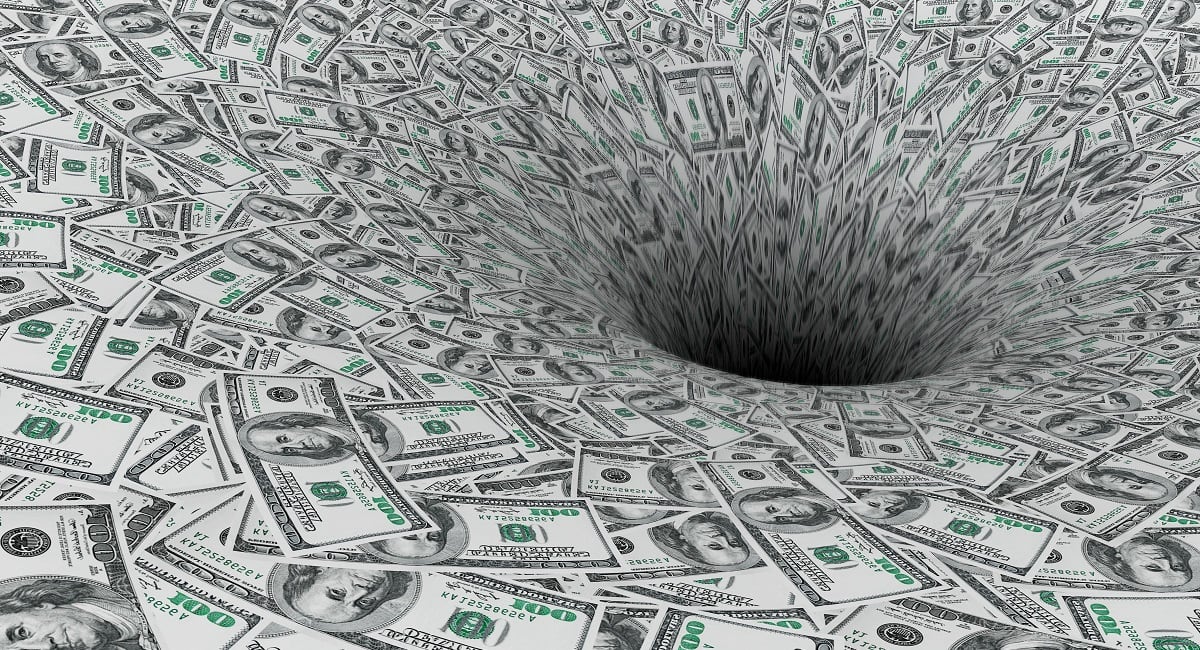In its zeal to pass the Tax Cuts and Jobs Act of 2017, Congress — seemingly without debate or considering consequences — included a provision that soon will alter the way innovative American companies account for investments in research and development. It is imperative that Congress modify this provision before it unwittingly damages America’s research enterprise and its engine of growth.
In the midst of global competition, and at exactly the time we need to encourage and invest in innovation through research and development, we are faced with a pending tax provision that will do the exact opposite. Without corrective action, come Jan. 1, 2022, the Tax Cuts and Jobs Act will make corporate R&D investments more expensive. Instead of accounting for those expenses the year of, the act will require companies to amortize those expenses over five years, meaning they can only make deductions on 20 percent of those expenses per year.
Requiring companies to capitalize and amortize these expenses amounts to a significant effective tax increase and undermines what has been one of the foundational drivers of American technological progress. These changes are bound to discourage R&D investment in the United States and will hurt U.S. innovation, especially notable at a time when our economy is still recovering from the COVID-19 pandemic.
In 2017, as Congress debated the Tax Cuts and Jobs Act, this received scant attention amid the certainty Congress would revisit, revise or reverse this provision. Instead, it was mostly forgotten and proposed fixes were neglected, even as the implementation date approached. The full execution of the act now looms, and it is already having a negative impact on corporate R&D investment decisions.
We call on Congress to enact the bipartisan House and Senate legislation (HR 1304 and S 749, respectively) introduced to remove the amortization requirement for R&D expenses. This would align with the push from both the Biden administration and Congress to counter Chinese R&D gains.
RELATED

Since 1954, American innovation has been boosted in part by a tax code enabling companies to deduct R&D expenses immediately in the year in which investments are made. This has helped stimulate research leading to countless inventions, improvements and technological leaps that, in turn, drove America’s technological superiority and sustained economic growth. It also led to our ultimate triumph in the Cold War when the United States last faced a peer competitor intent on undermining and dislodging us from global leadership.
Today, we again face a peer competitor intent on supplanting America and our values at the pinnacle of the rules-based international order. The Chinese Communist Party is every bit as driven, not to mention better positioned economically and strategically, to challenge our nation’s leadership as the Soviets were in the years following World War II. As the National Defense Strategy of 2018 correctly notes, we have reentered a world and era of great power competition.
While the Soviet economy never approached 50 percent of America’s during the Cold War, this time the competitor’s economy is set to soon surpass our own, with a stated goal to dominate emerging technologies and corner the market on advanced talent; and where it cannot develop or buy advanced technology, it is willing and able to steal tech.
China is estimated to be pilfering about $600 billion a year in intellectual property. At the same time it is investing hundreds of billions of dollars in its technology sector through its programs such as Made in China 2025, the Thousand Talents Plan and other nationally coordinated efforts.
In fact, in some emerging technology areas, China is already equal to or ahead of the United States. This includes technologies critical to our nation’s security, such as hypersonics and directed energy. In other areas ranging from artificial intelligence to biotechnology, China has made no secret of its investments and its intentions. The Chinese Communist Party would likely apply these technologies with the same lack of ethical constraints that has enabled ethnic cleansing of the Uyghurs and fueled the creation of an Orwellian social credit system, and which continues to cover up the origins of a pandemic that has thus far killed 3 million people around the world.
And regarding the rules-based international system, it has flaunted international law, destroying South China Sea reefs to first build and then arm outposts, and violently abrogated its treaty with the United Kingdom, crushing Hong Kong.
Given all the challenges America is already facing to its scientific and technological primacy, it would be foolhardy to hamstring American industry’s ability to innovate even further.
Retired U.S. Air Force Gen. Hawk Carlisle is president and CEO of the National Defense Industrial Association. He previously led Air Combat Command. Mark Lewis is the executive director of NDIA’s Emerging Technologies Institute. He previously worked as the director of defense research and engineering at the U.S. Defense Department.








